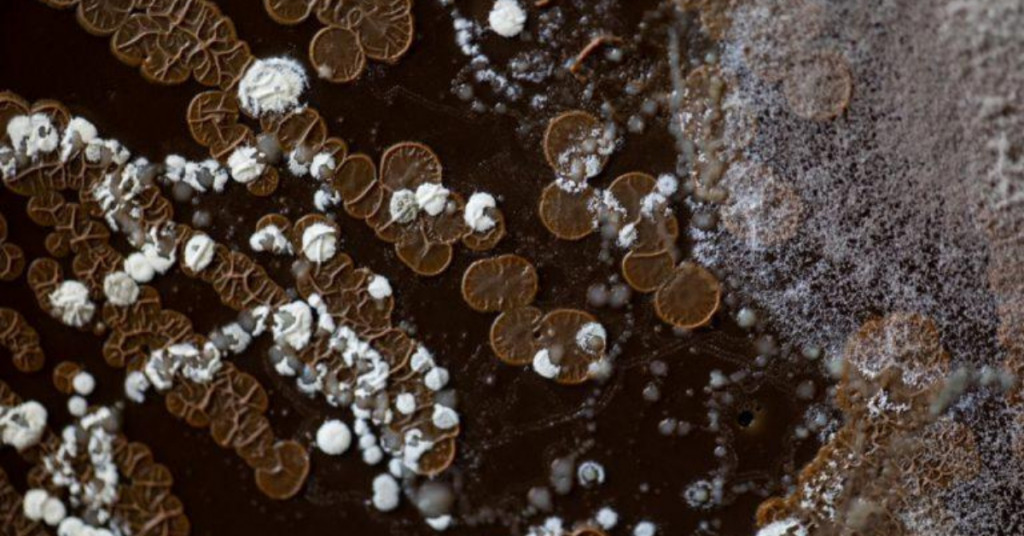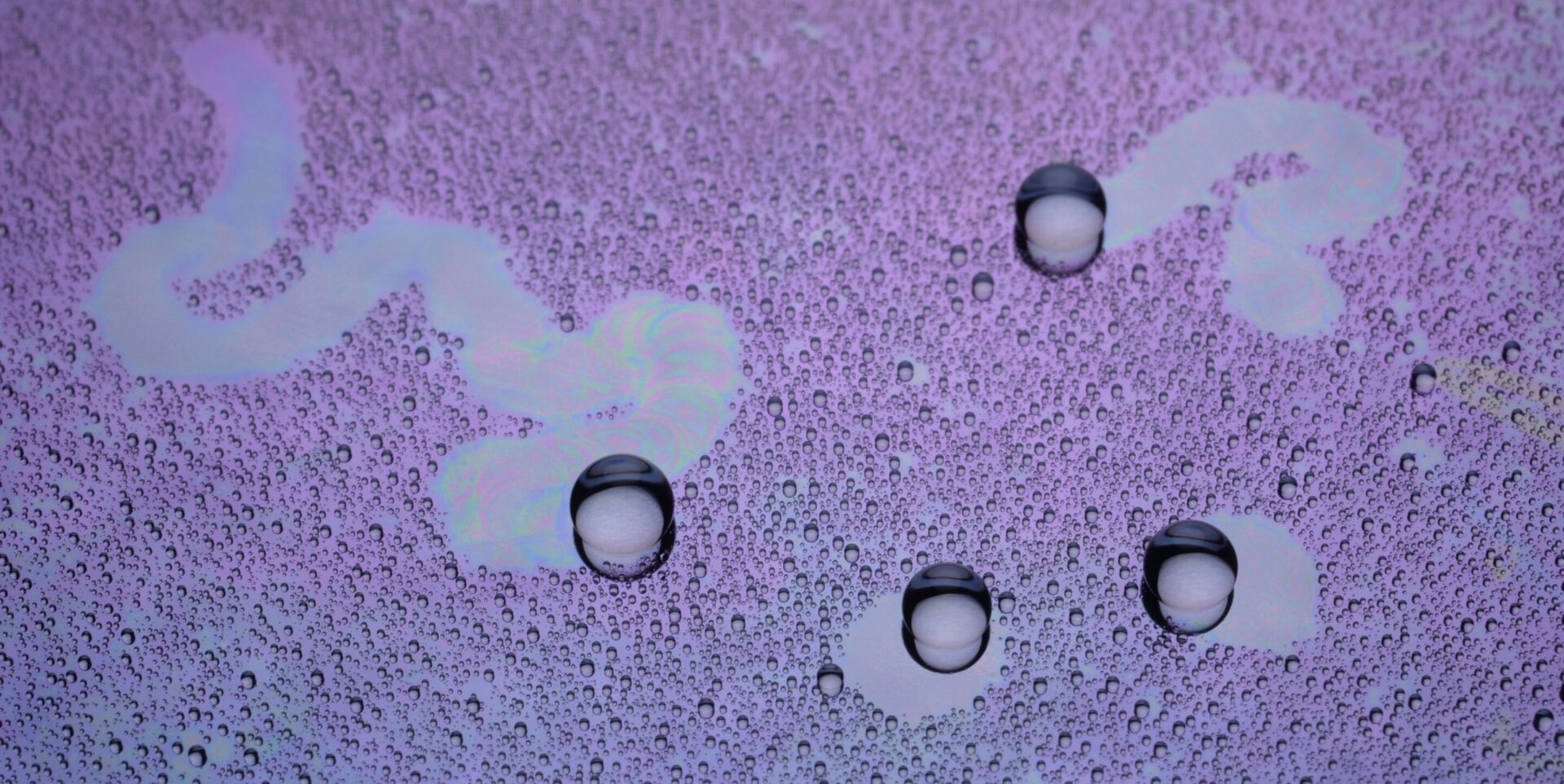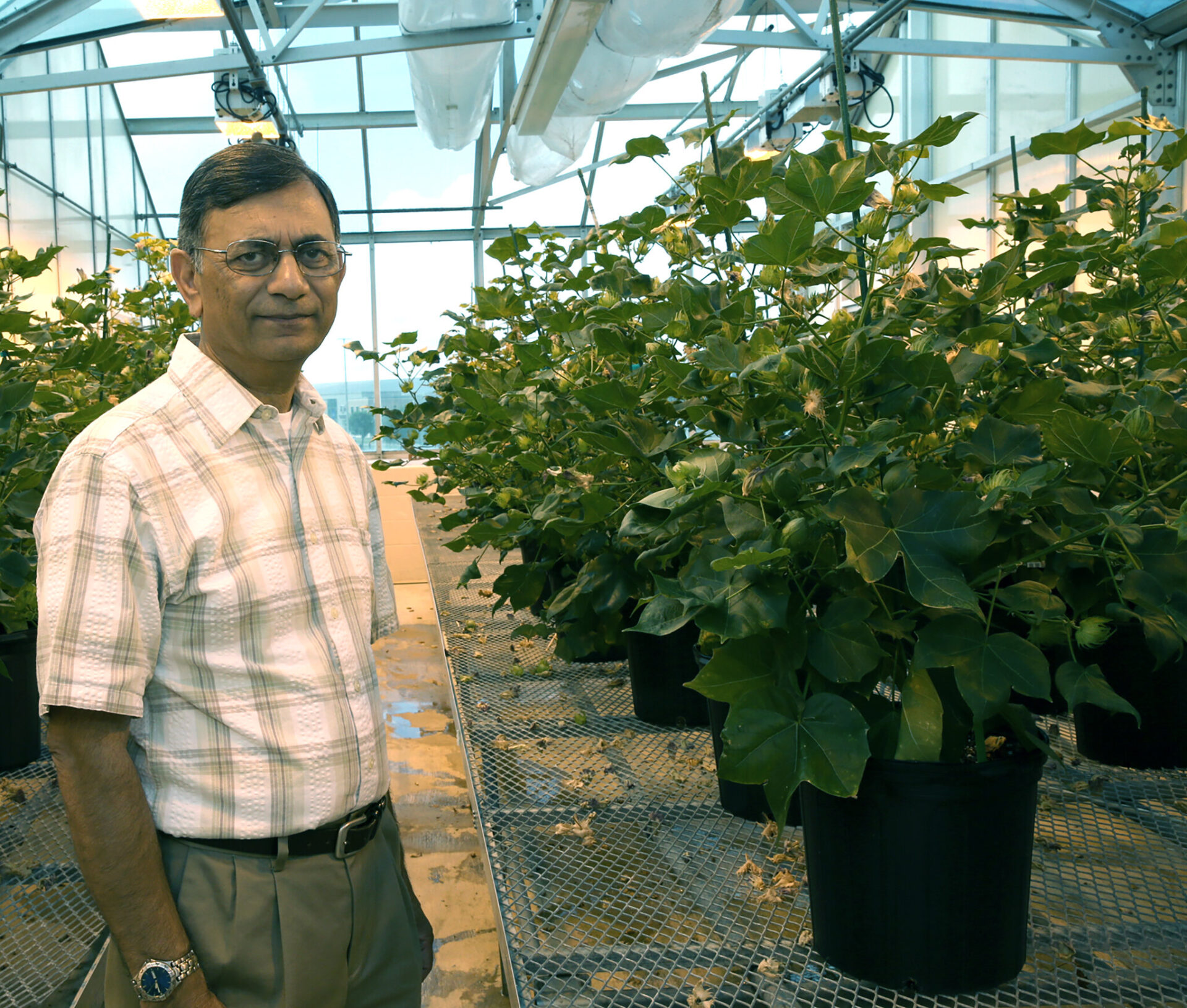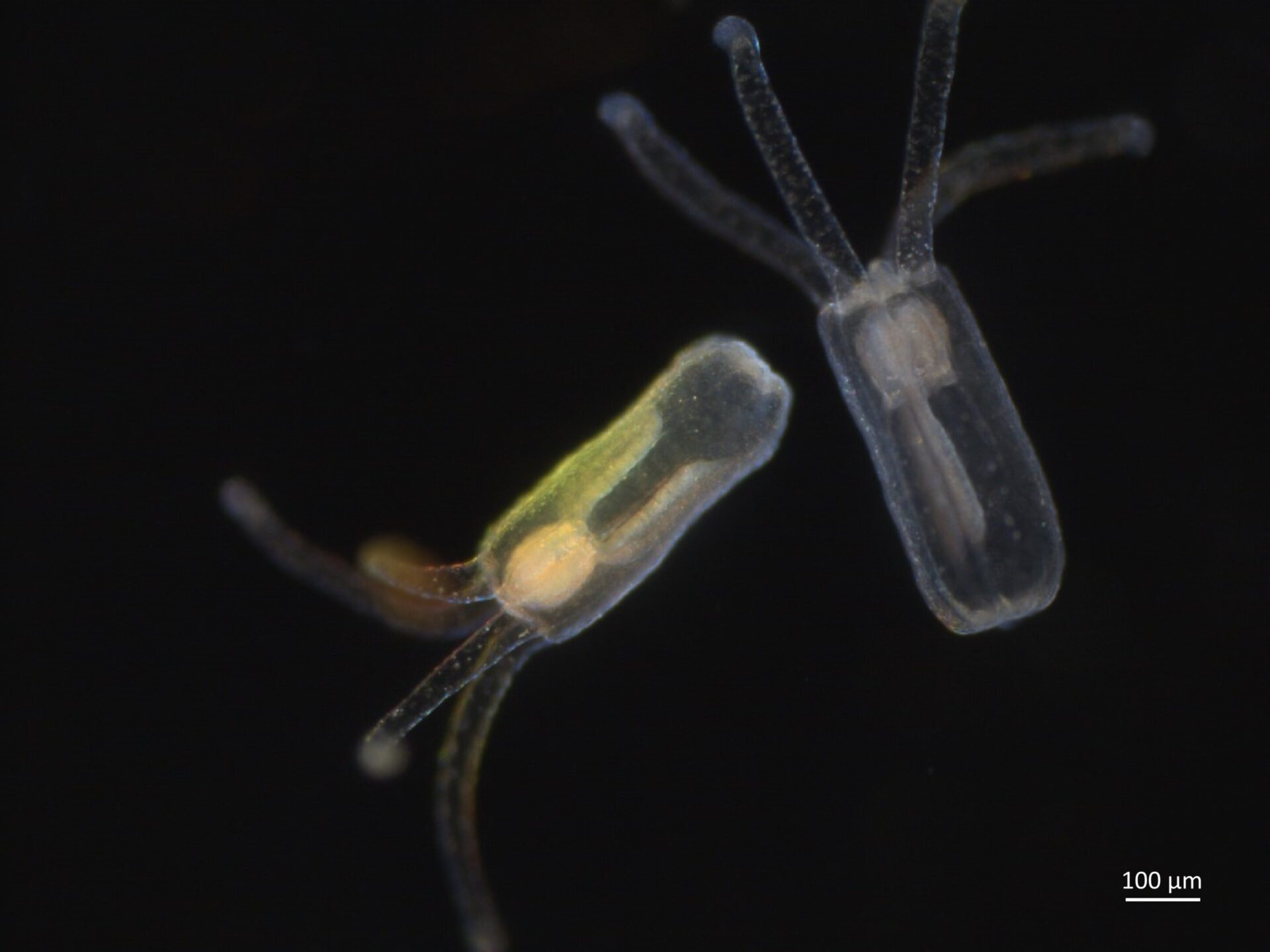
via Wageningen University and Research
Soil provides a variety of services that are indispensable to life on Earth. The global decline in soil quality is therefore a major concern. One solution may lie in the hands of tiny organisms that can direct ecosystem recovery: microorganisms. They are so small that they cannot be seen by the naked eye, but they can make a big difference to restoring soils and ecosystems. This is argued by scientists from Wageningen in the scientific journal Science.
Microorganisms, such as fungi and bacteria, are indispensable for the soil. They determine how plants can take root, suppress plant diseases and break down dead plant material, from which new nutrients for plants arise. They also determine the sponge function of the soil: for example, how much water is filtered and retained. Because of their indispensable function, microorganisms are often seen as indicators of soil health. Less attention is paid to their potential as directors of soil recovery. Scientists at Wageningen University & Research emphasize the importance to change this.
Gamechangers
They say microbiota, the collective name for all types of microorganisms, are the ‘game changers’ in soil recovery. To get a better idea of how far this potential reaches, the authors have made an overview of the most promising microbial groups. In doing so, they also indicate how each group can help in different forms of restoration.
“That microorganisms determine soil functions has been known for at least two decades,” says Oksana Coban, microbiologist and lead author of the Science study. “Yet there are hardly any experiments that look at how microorganisms can influence soil properties in such a way that they can help degraded soil ecosystems (ecosystems that have declined in quality).” This idea arose during an Open Mind project of NWO. Coban: “I went into that with an open mind. As a microbiologist, soil restoration was a new topic for me, but I was surprised how little is known in this area.”
Hydrological restoration
The study pays special attention to so-called hydrological restoration. This involves the sponge effect of the soil: allowing enough water to infiltrate, retaining some for plants, allowing too much water to pass through and filter for drinking/groundwater replenishment. Water is needed for plant growth, which in turn is an essential step for the recovery of degraded soils. “Although only 0.05% of the world’s freshwater supply is stored in soil, soil water is essential for life on land,” explains co-author Martine van der Ploeg. “The interaction between soil biology and the sponge effect of the soil plays an essential role in the water cycle. This also requires cooperation between soil biologists and hydrologists. This is rare so far and therefore makes this study very unique.”
In the overview of most promising microbial groups for soil restoration, the authors start with the most promising groups for hydrological soil restoration. The data are the result of an in-depth analysis into the composition of microbiota in drylands and how they respond to changes in soil water. Using this information, it was possible to stimulate the growth of microbiota by adding “food” that they love and in this way improve the sponge action of the soil. Once the health of the soil is sufficiently improved, it is possible to add vegetation that will work together with microorganisms to further strengthen the soil.
Original Article: Micro-organisms are gamechangers in ecosystem restoration
More from: Wageningen University and Research
The Latest Updates from Bing News & Google News
Go deeper with Bing News on:
Ecosystem restoration
- Kankakee Wetland Restoration
The Grand Kankakee Marshland was once a vast ecosystem and home to the Pokagon Band of the Potawatomi. Settlers took over most of the area and transformed the land to focus on Agriculture. Today the ...
- Snake Release Looks To Restore Florida Ecosystem
In a quiet preserve along the eastern bank of the Apalachicola River, 41 eastern indigo snakes were released Tuesday into gopher tortoise burrows. The release, a longtime goal of federal and state ...
- Making seagrass restoration more resistant to rising temperatures using generalist grasses
New research demonstrates that seagrass habitat restoration can be enhanced by including other grasses in addition to the declining or lost species and—ultimately—that restoration efforts must ...
- Federal funding will provide ecosystem restoration, climate resiliency in the Albemarle-Pamlico Region
The U.S. Fish and Wildlife Service Director Martha Williams said the projects are part of President Biden’s Investing in America agenda, which allocated $27.25 million for restoration in the Albemarle ...
- Saudi Arabia's plans for environmental protection of water resources
Saudi Arabia has detailed plans for the protection of its lands and environmental resources, the Minister of Environment, Water and Agriculture said on ...
Go deeper with Google Headlines on:
Ecosystem restoration
[google_news title=”” keyword=”ecosystem restoration” num_posts=”5″ blurb_length=”0″ show_thumb=”left”]
Go deeper with Bing News on:
Hydrological restoration
- Fire for Watersheds
To bring more water to the landscape — and fight the growing risk of catastrophic wildfires — a Tribe in California helps to reshape fire management policy.
- Conservation Groups Defend Baaj Nwaavjo I’tah Kukveni National Monument, Antiquities Act
The Antiquities Act has been a bedrock conservation law for over a century, protecting cultural and historic treasures and iconic landmarks like Grand Canyon National Park. With the courts repeatedly ...
- President of Kazakhstan sets 5-month deadline to rebuild flood-damaged homes
I believe that the upcoming large-scale construction will create new opportunities for citizens," the President of Kazakhstan added. To note, the floods in Kazakhstan started in March. A state of ...
- ODFW visits Tillamook
Staffers and commissioners from the Oregon Department of Fish and Wildlife gathered in Tillamook on April 18 and 19, for the commission’s regular meeting and to tour project sites across ...
- Collared Gray Wolf Activity Map Released for April
By Shannon Lukens. The most recent Collared Gray Wolf Activity Map has been released by Colorado Parks and Wildlife. It says reintroduced wolves have been confirmed in watersheds east of the Continent ...
Go deeper with Google Headlines on:
Hydrological restoration
[google_news title=”” keyword=”hydrological restoration” num_posts=”5″ blurb_length=”0″ show_thumb=”left”]










